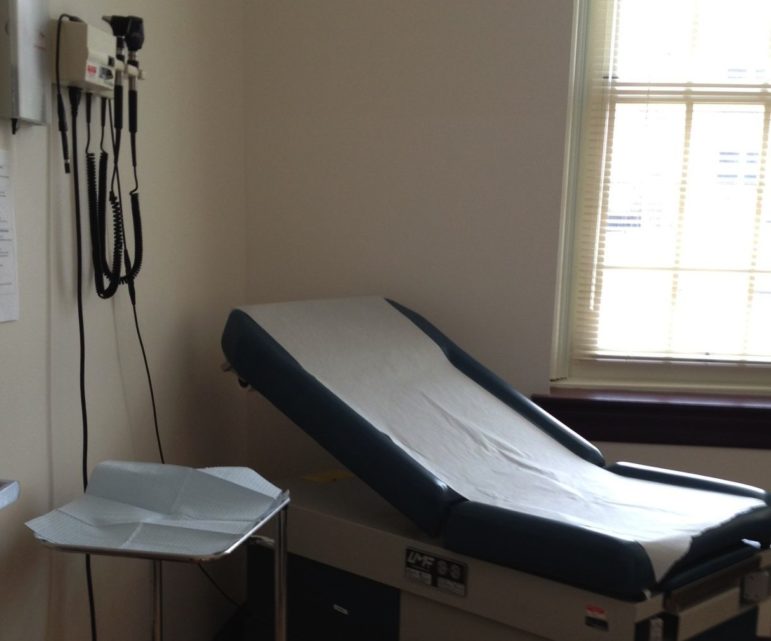
AOB512
ICPH's research also found that homeless high school students who had access to school-based health clinics were much more likely to use them than their housed peers.
New York City’s school-based health clinics are under siege, as funding from New York State was cut significantly in this budget year. Proposed changes to Medicaid threaten school-based health programs further. Ostensibly, it is being done to save money, but in truth it will only transfer the cost to emergent and urgent care providers. In the end the most vulnerable will suffer. Among them will be New York City’s 100,000 homeless students who already have limited healthcare options.
Research by the Institute for Children, Poverty and Homelessness (ICPH) shows that in New York City, one out of every seven children experiences homelessness at some point during elementary school – that is a full 14 percent of the student population. As shocking as that is, the news gets worse. Homeless high school students have markedly greater risks to their health and well-being than housed students. They struggle mentally and emotionally, including much higher rates of depression and suicide. They are prey to physical dangers at significantly higher rates, such as dating violence and sexual assault. They engage in riskier behaviors, and use alcohol and drugs at higher rates and at younger ages. They are twice as likely to suffer from uncontrolled asthma. They lack adequate sleep and adequate nutrition, which are known to contribute to a variety of negative health outcomes including increased risk of illness, chronic stress and a greater risk of obesity and diabetes.
ICPH’s research also found, however, that homeless high school students who had access to school-based health clinics were much more likely to use them than their housed peers. School-based health clinics are easily accessible to them. It allows them to be treated without the presence of their parents, who are already overwhelmed with the struggles of daily living. They are better able to maintain confidentiality. It is another benefit that can encourage them to maintain a relationship with their schools. In a best case scenario, better healthcare = improved health outcomes = better academic performance and staying in school longer.
A student who was interviewed during the course of ICPH’s research said, “I missed school a lot because my stomach was always hurting. The hardest part was that nobody believed I was sick. Everybody just thought I was skipping school. Later I was diagnosed with Lupus and IBS. It took a really long time to be diagnosed. We were moving around. I kept going to the emergency room.” It is long-known and well-documented that treating most health problems early saves healthcare dollars. Funneling already underserved children into already overburdened, expensive emergent care is not in the taxpayer’s interest. It certainly is not in the child’s interest.
Adequately-funded school-based health facilities are an important part of a continuum of care for all children and are unquestionably a well-used alternative for NYC’s large population of homeless students. As the number of homeless children continues to grow, further tattering the safety net by defunding school-base health clinics can only lead to further instability for New York City’s most vulnerable children.
Liz Cohen is the chief of staff at the Institute for Children, Poverty and Homelessness.








